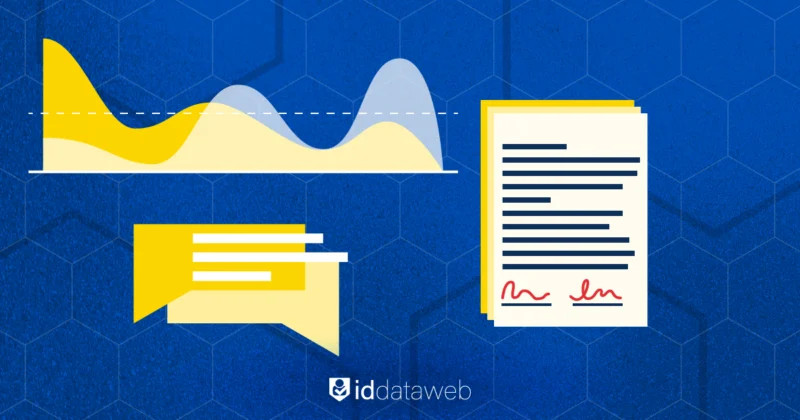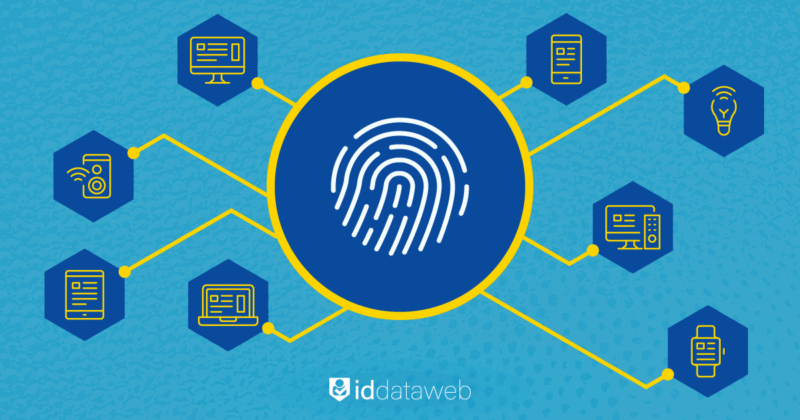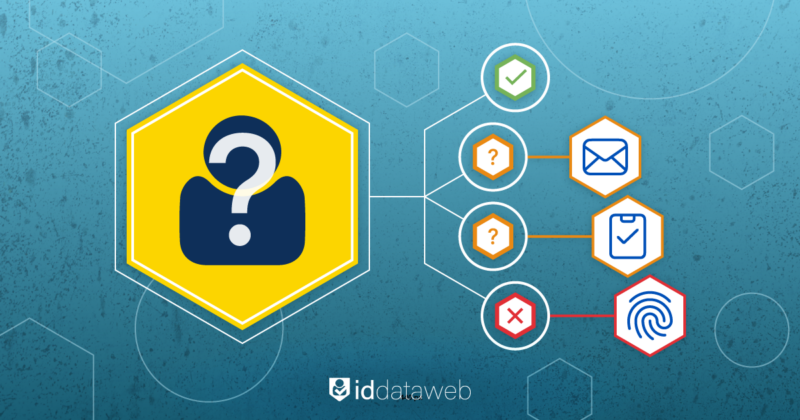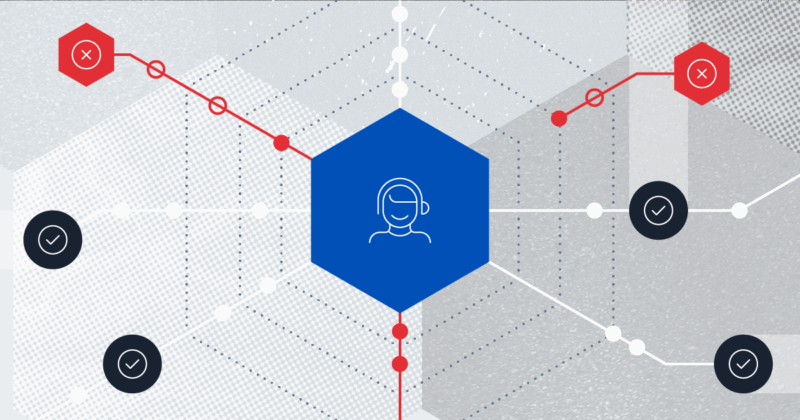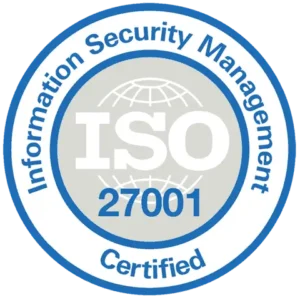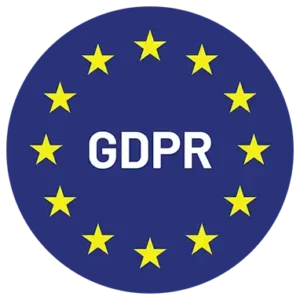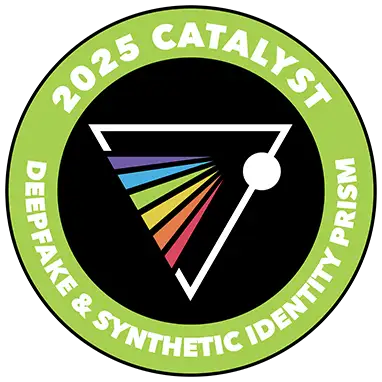Imagine a midnight scenario where your company’s customer accounts are being hijacked because a hacker exploited weak identity controls.
For a Chief Information Security Officer (CISO), that probable nightmare underscores why identity security is a top priority. Identity-based attacks – whether through stolen credentials, impersonation, or fraudulent accounts – are rampant. In fact, 93% of organizations experienced at least two identity-related breaches in the past year. On the consumer side, identity fraud is also soaring (Americans lost $43 billion to identity fraud in 2023), proving that the stakes around digital identity are higher than ever.
Why does this matter for procurement? Well, because procuring the right identity and fraud prevention technologies is the difference between business as usual and a costly breach. Today’s enterprises must invest in identity security and counterfraud solutions to protect both their users and their data. Traditional network perimeters have faded with cloud and remote work – identity is the new perimeter. That means the tools to verify identities, manage access, and detect fraud are now mission-critical components of the IT stack.
Enterprises need solutions that fortify security but also integrate well, provide a good user experience, and adapt to evolving threats. In other words, identity security now demands a careful, strategic approach to procurement.
The IT procurement process for identity and counterfraud solutions
You’re the CISO, and a budgeting cycle is looming. On your desk sits a weekly report showing a rise in credential-stuffing attempts and a spike in manual account-opening fraud. You know identity has become the new perimeter, yet you face a familiar knot of questions:
“Will a new tool actually integrate with our legacy stack?”
Your IAM environment spans on-prem active directory, two cloud directories, and a 20-year-old mainframe app the business still can’t retire.
“Can I justify the spend to finance & procurement?”
Your stakeholders need hard ROI numbers and evidence the solution reduces incident response costs or revenue leakage.
“How much user friction will this introduce?”
Product and CX teams worry anything more than one extra click will dent conversion.
“Who else needs to sign off?”
Procurement owns vendor contracts; Legal wants airtight data-protection clauses; Fraud Ops needs dashboards that make sense to them, not just Security.
With those concerns in mind, your procurement journey usually unfolds like this
Define objectives & enlist allies – Translate the security pain points into business outcomes (e.g., “Cut ATO losses 40%,” “reduce manual reviews 30%”). Bring Fraud Ops, IT, Product, and Compliance into the first workshop so the eventual RFP reflects everyone’s must-haves.
Market scan & short-list – Map requirements (adaptive MFA, device risk, ID proofing, analytics) to what vendors offer. Gauge each candidate’s integration depth—do they have out-of-the-box connectors or will your team write middleware?
Proof of concept – Spin up a sandbox that mirrors one high-risk user journey. Measure three things: (a) fraud-catch rate, (b) latency and user drop-off, (c) engineering effort.
Business case & selection – Combine proof of concept findings with projected loss-avoidance to build the ROI model Finance needs. Choose the vendor (or orchestration layer) that checks security boxes and shows the lowest ongoing maintenance cost.
Phased rollout & optimisation – Start with a single app or region, tighten policies gradually, feed incident data back into the orchestration engine, and refine. Track KPIs—fraud prevented, user complaints, authentication success—and tune until targets are hit.
Common challenges in procuring identity/fraud solutions
But even with a good plan, companies often face challenges when buying identity security and counterfraud tools. Here are a few big ones:
- Integration headaches: A new identity solution must work in your existing tech environment. If it doesn’t play nice with legacy systems, cloud apps, or user directories, you could face costly custom integrations. A great product on paper can fail if it can’t integrate seamlessly, so this is a top concern during procurement.
- Siloed systems & data gaps: Many organizations use one system for authentication and another for fraud detection, and these may not communicate well. Important signals can fall through the cracks if tools remain isolated. For example, a user might pass an ID verification step but later trigger fraud alerts because the initial verification system’s data wasn’t shared. Consider how a new solution will share data or fit into a unified strategy (you may need an orchestration layer to connect disparate tools).
- Security vs. user friction: Strong security often means extra steps for users (codes, ID checks, etc.), which can frustrate customers or employees if overdone. A major challenge is finding a solution that boosts security without unduly burdening legitimate users. It’s hard to gauge this from a spec sheet, so include user experience evaluation in demos or PoCs. The ideal tool adds friction only when necessary, keeping everyday logins and transactions smooth.
- Vendor lock-In vs. flexibility: Committing to one vendor’s platform can feel risky if you worry about being stuck with it long-term (what if their innovation slows, or costs rise?). Yet using too many point solutions can create complexity. The key is to balance this by favoring solutions that support open standards and integrations. That way you get capabilities now, but retain flexibility to swap components or expand later without starting from scratch.
Being aware of these challenges can help you address them proactively. For instance, verify integration capabilities early, involve compliance officers in vendor discussions, and consider solutions that emphasize flexibility.
Identity orchestration
One way organizations are simplifying identity security procurement and deployment is through identity orchestration. In simple terms, an identity orchestration platform is a central hub that coordinates all your identity and fraud prevention processes across various systems.
Instead of integrating each application with multiple security tools separately, you integrate each application once with the orchestration layer – which then handles interactions with your identity providers, verification services, and risk engines.
When a user logs in or performs a sensitive action, the orchestration engine executes a sequence of checks based on your policies. For example: verify the password with your primary directory, then assess device or behavior risk, then prompt for MFA or an ID document upload if the risk is elevated. All applications follow the same centralized logic, ensuring consistent security everywhere. This means fewer gaps – you won’t have one system skipping an important verification that others enforce.
Another benefit is better user experience. Because the orchestration can adapt in real time, low-risk users aren’t bothered with unnecessary hoops, while high-risk events get extra layers of validation. It’s a balanced approach: users get convenience when appropriate and security when needed.
Finally, orchestration can reduce integration work for your IT team. These platforms often come with pre-built connectors and visual workflow builders, so you can add or adjust authentication steps without writing custom code for each application. If you want to plug in a new fraud detection service or change how login flows work, you do it once in the orchestration policy instead of touching every individual app.
Questions? Consult with an identity security expert
How vendor-agnostic orchestration simplifies procurement
Identity orchestration is most effective when it’s vendor-agnostic – meaning the platform isn’t tied to a single provider’s ecosystem but can work with many. Adopting a vendor-agnostic orchestration solution can dramatically simplify IT procurement and future upgrades.
All-in-one convenience: A vendor-agnostic orchestration platform can cover multiple capabilities under one contract. For instance, ID Dataweb’s platform combines identity verification and fraud prevention in a single service. Instead of buying and integrating separate products for onboarding verification, MFA, and fraud analytics, you get them unified. Procurement becomes easier (one vendor instead of several) and you know the pieces are designed to work together.
Flexibility to mix and match: Because it’s agnostic, the platform lets you plug in or swap out different vendors’ tools as needed. You’re not locked into one provider for every function. Today you might use the built-in document verification; tomorrow you could integrate a new biometric service via the orchestration layer, without overhauling everything. ID Dataweb embraces this “one vendor, many integrations” model, meaning you have a primary partner but retain the freedom to adapt your toolkit over time. This reduces risk and future-proofs your investment.
Fast adaptation and updates: Vendor-agnostic orchestration solutions come with many pre-built integrations and an easy policy engine, so implementing changes is quicker. If a new compliance rule requires an extra identity check, you can simply toggle that on in the platform or connect a new data source – rather than launching a whole new procurement project. ID Dataweb, for example, provides a no-code interface to adjust rules on the fly. This agility means you can respond to emerging threats or requirements in days, not months, all within your existing contract.
An Example Case
Scenario: Company A, a mid-sized bank, has implemented a vendor-agnostic identity orchestration platform (ID Dataweb) to unify login MFA and new-account identity proofing.
The new threat: Six months later, attackers shifted tactics—switching from credential stuffing to a “SIM-swap blitz” that let them intercept SMS one-time passwords. Fraud Ops saw a sudden rise in takeovers despite unchanged login volumes.
The pivot—without additional procurement:
- Policy tweak, not product hunt – Instead of shopping for yet another vendor, the Security team opened the ID Dataweb console, dragged a “Carrier Risk Check” node into the existing login flow, and set a rule: If SIM-swap risk = high, require step-up verification challenge.
- Zero code deployed – The new step used an integration ID Dataweb already possessed. No app releases or backlog tickets; the change propagated instantly across web and mobile channels.
- Outcome in days, not months – Within two weeks, takeover attempts plummeted 90 percent. Legitimate users barely noticed—only 2 percent encountered the extra challenge, and escalation logs showed no spike in abandons.
- Post-mortem insight – Because the orchestration layer logs every decision, Fraud Ops could trace each blocked attack, proving to Finance and Procurement that the existing investment protected revenue without extra licensing costs.
Conclusion
The landscape of identity security and fraud prevention is constantly changing, and procurement practices must keep up. For CISOs and IT security leaders, this means looking beyond point solutions and considering more holistic, flexible approaches. By following a careful procurement process and leveraging modern solutions like vendor-agnostic identity orchestration, you can strengthen your organization’s defenses while simplifying management
